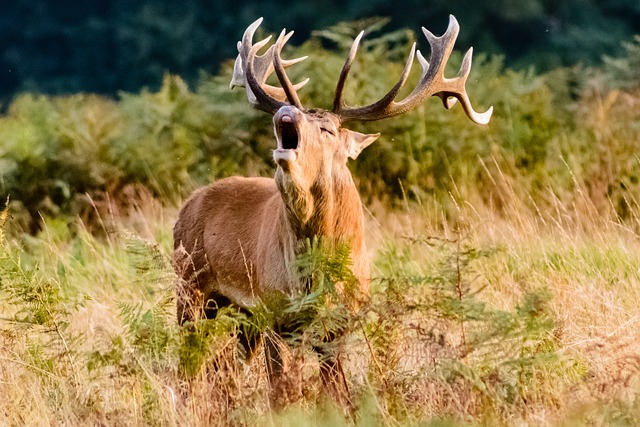A hunting arrow equipped with a broadhead has a large, cutting tip assembly mounted to its tip that protrudes in all directions. For hunting large game, a broadhead is preferable to the more conventional, thin arrowhead.
It may seem daunting to select an appropriate archery broadhead based on a predetermined set of hunting criteria, given the wide number of available broadheads and blade combinations.
Even if you’ve been shooting broadheads for years, it’s always worth trying out the newest models because manufacturers are constantly trying to enhance cutting accuracy, flight variance, and strike stability.

Contents
Is it True that there are Essentially Only Two Distinct Kinds of Broadheads?
There are two distinct categories of broadheads, distinguished by their overall design and the number of blades they feature. There are two main categories of broadheads, and they are fixed-blade and mechanical-blade.
Within these broad classes, further subsets can be discovered. In addition, some designs feature cutting blades on the tip.
Arrowheads with Sharp Blades
You can classify broadheads as either being of the one-piece variety or having removable blades. Broadheads with removable blades are popular because they eliminate the need for frequent sharpening. When they lose their sharpness, swap them out for brand new, sharp ones.
Within these groups, you’ll find categories for two-blade, three-blade, and four-blade combinations. If you’re a beginner who isn’t very good at fine-tuning your bow, you should probably choose a broadhead that is smaller and has fewer arrows.
When an arrow leaves the rest, its trajectory can be easily changed if the bow is out of tune. If you shoot an arrow with the end of the bowstrings elevated, it will be more susceptible to the wind and will most likely make a sharp detour.
As the bowstrings are let go, the rear angle of the blade decreases, allowing it to catch the wind and plane upward.
The size and number of blades will have a greater impact as they grow larger for the same basic reason.
When trying to minimise bow tuning, smaller broadheads are preferable to bigger, relatively high broadheads due to the smaller surface area of the former, which lessens the impact of gliding through the wind and out-of-tune bows.
In response to rising demand, most manufacturers now stock at least one variant of the increasingly common miniature fixed-blade broadhead.
Broadhead Arrowheads that are Mechanically Powered
Though not ideal, mechanical heads serve a purpose, and many dedicated shooters use them year after year. Undoubtedly, improvements to early models have lessened the frequency of unpleasant experiences, but implementation selection is just as important.
One major benefit of using a mechanical broadhead is that it flies very near to the field points and requires minimal adjustment to achieve tight groups.
Remember that the blades’ trailing edges are not supported in mechanical heads; this is the single most critical fact to keep in mind. Longer blades built from stronger metal will take more of a hit before they buckle or break.
Conclusion
When hunting large game, a broadhead is the only choice for an arrow tip. When deciding between the bullet point, blunt point, judo point, and broadhead for your arrows, the latter is the ideal option for a big game hunting expedition.






























